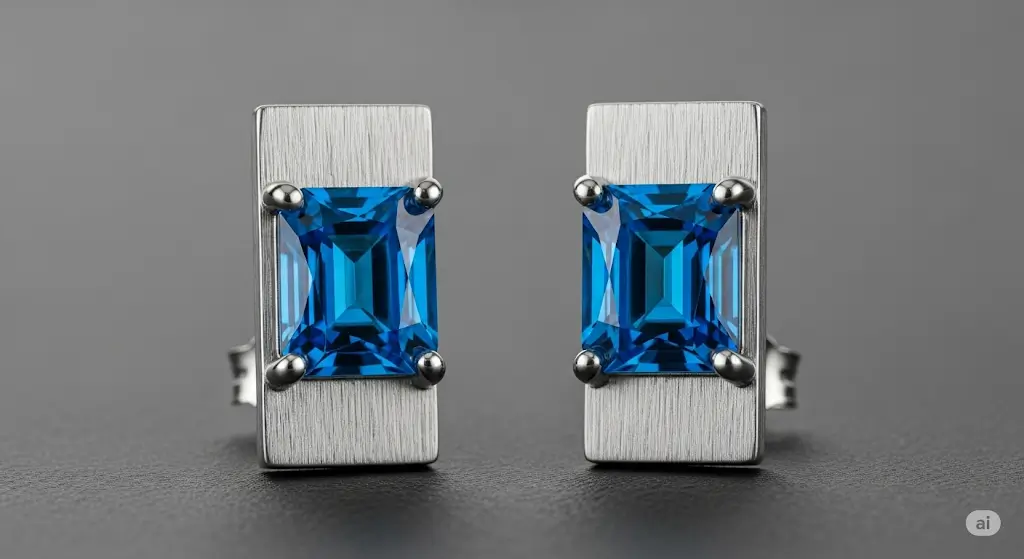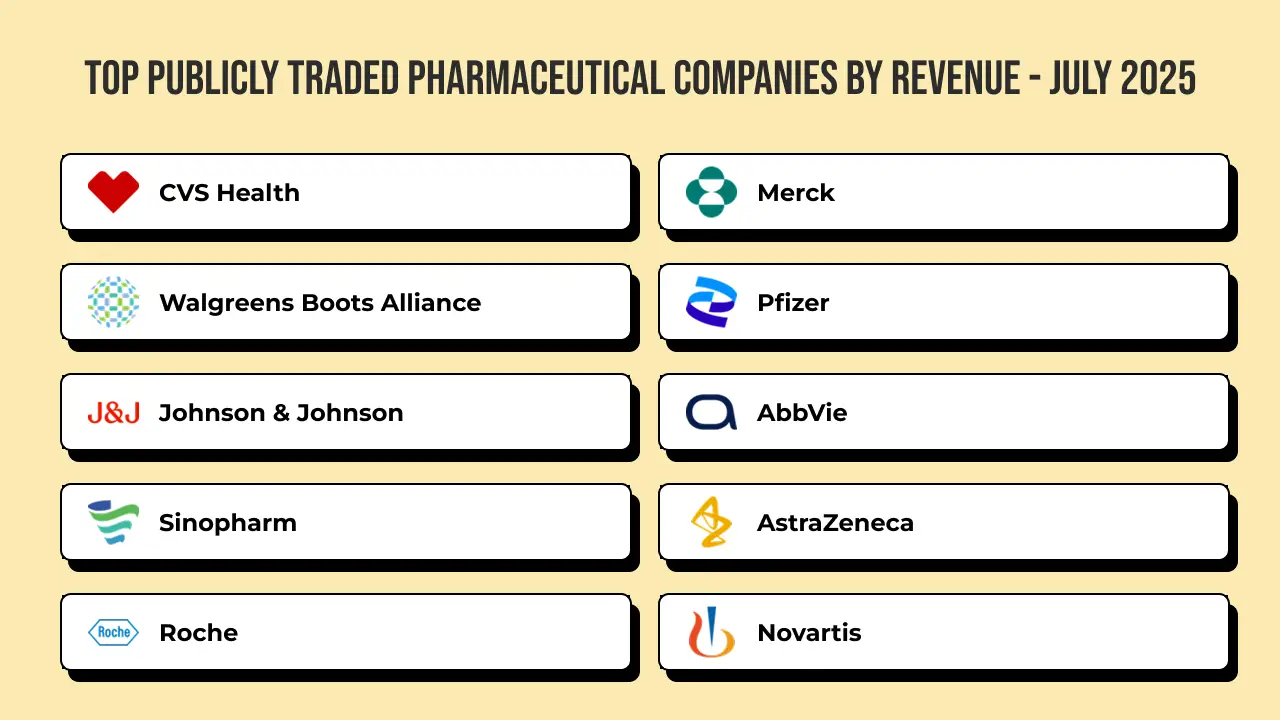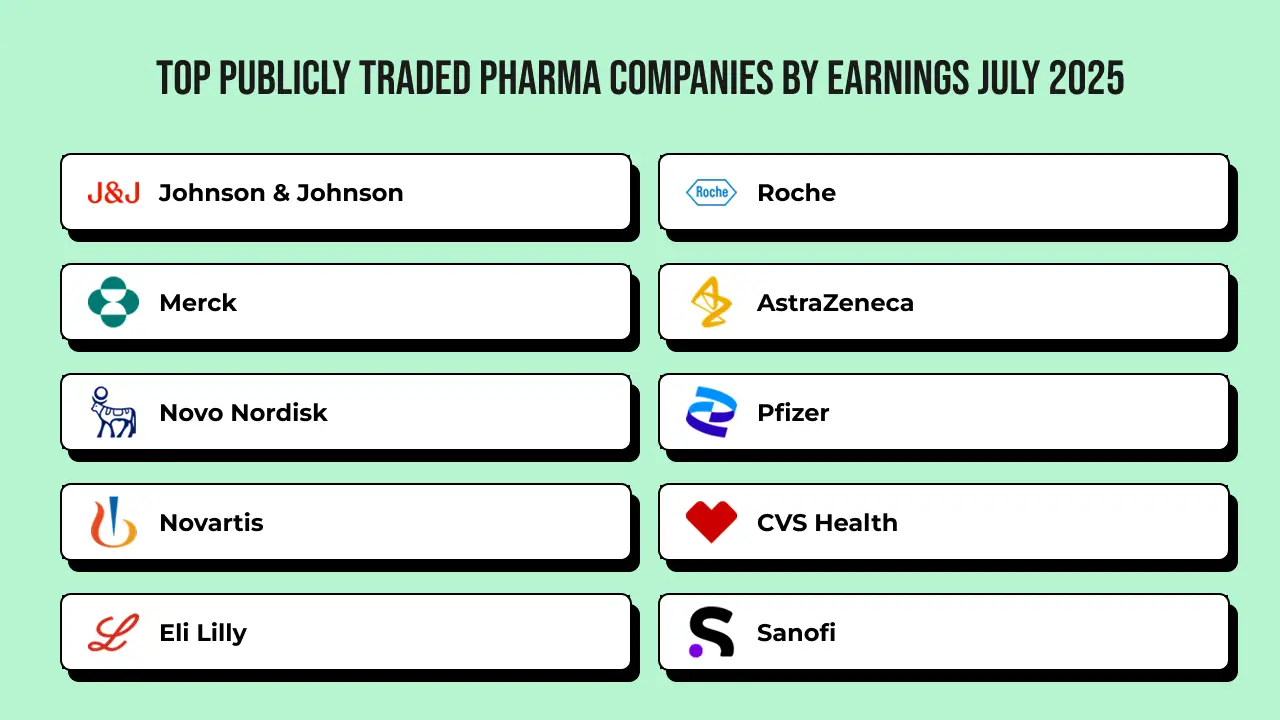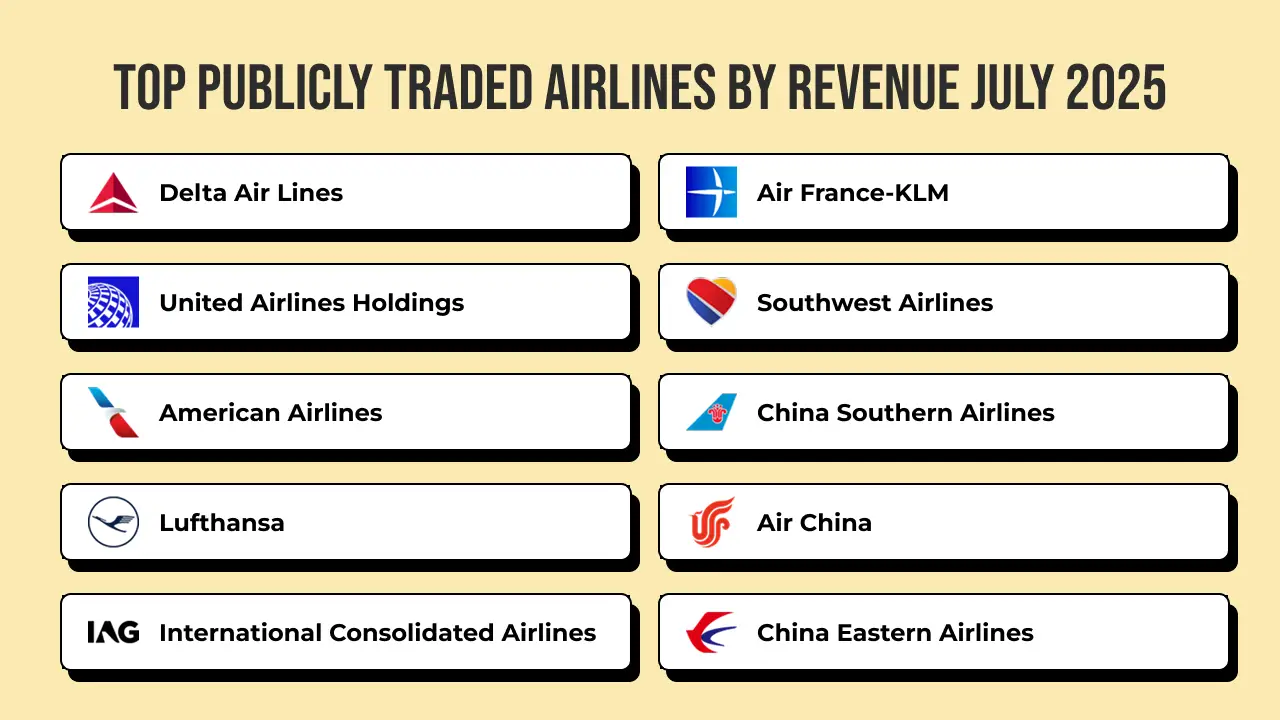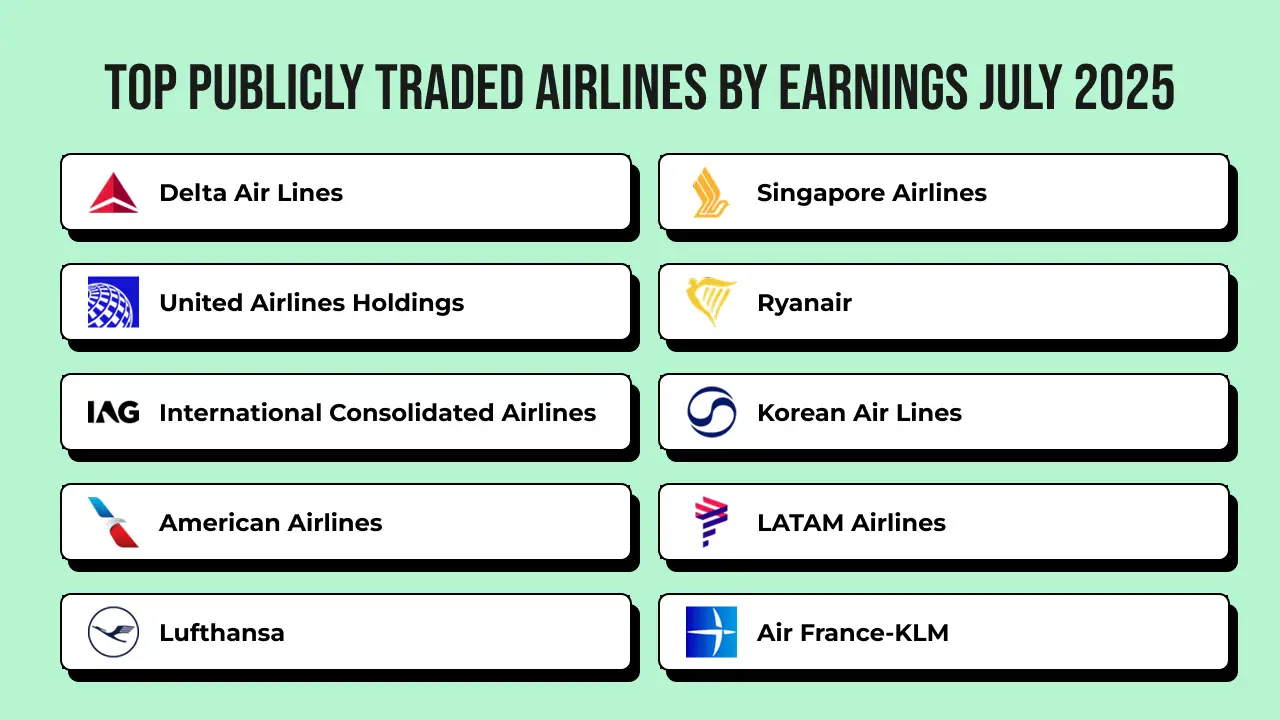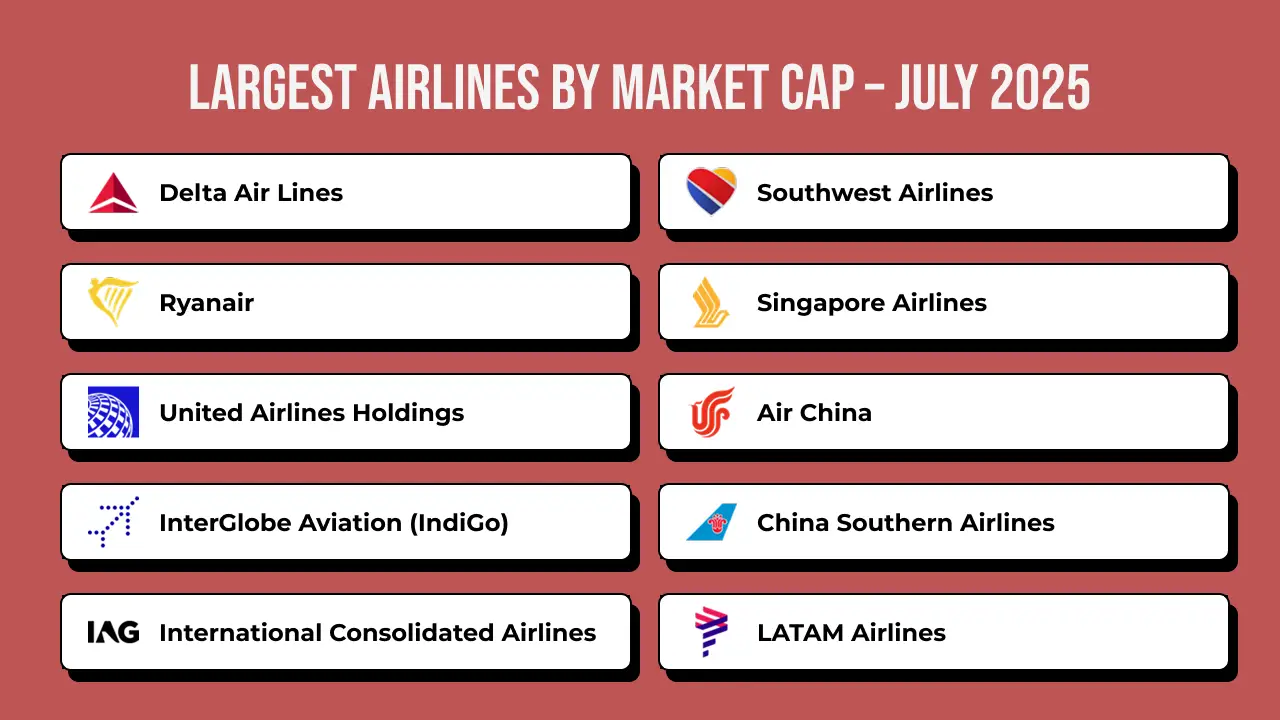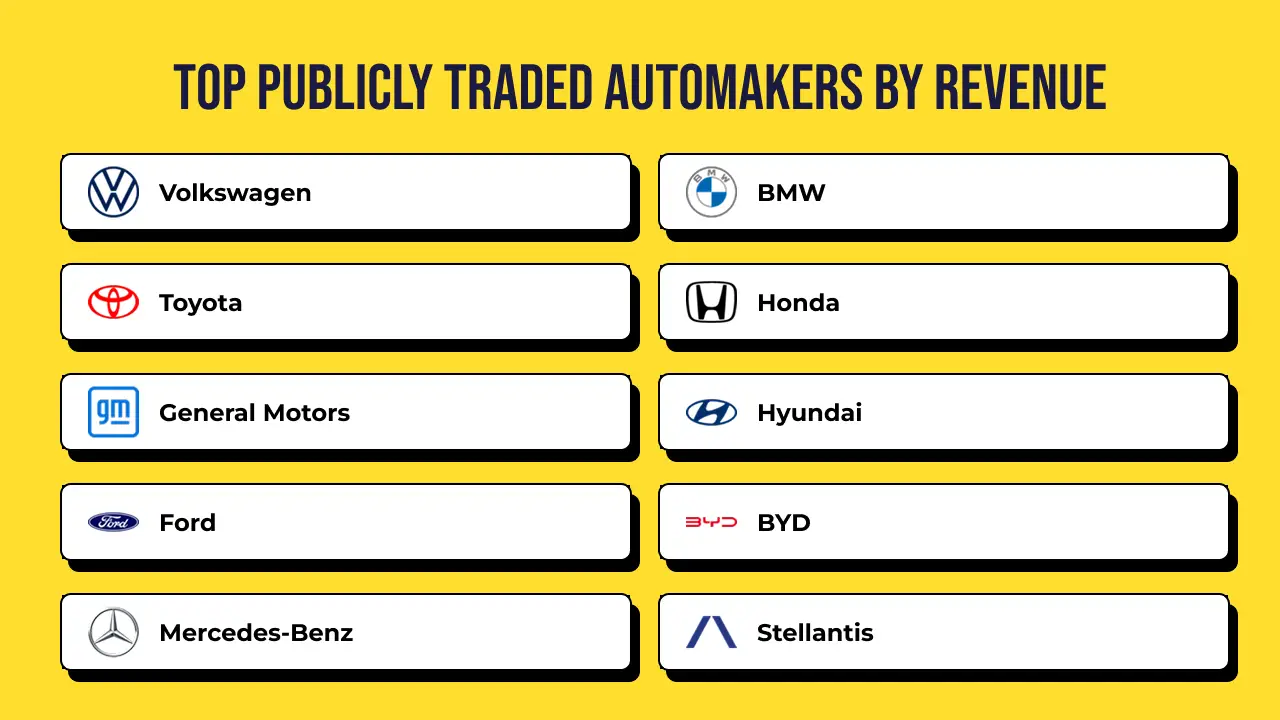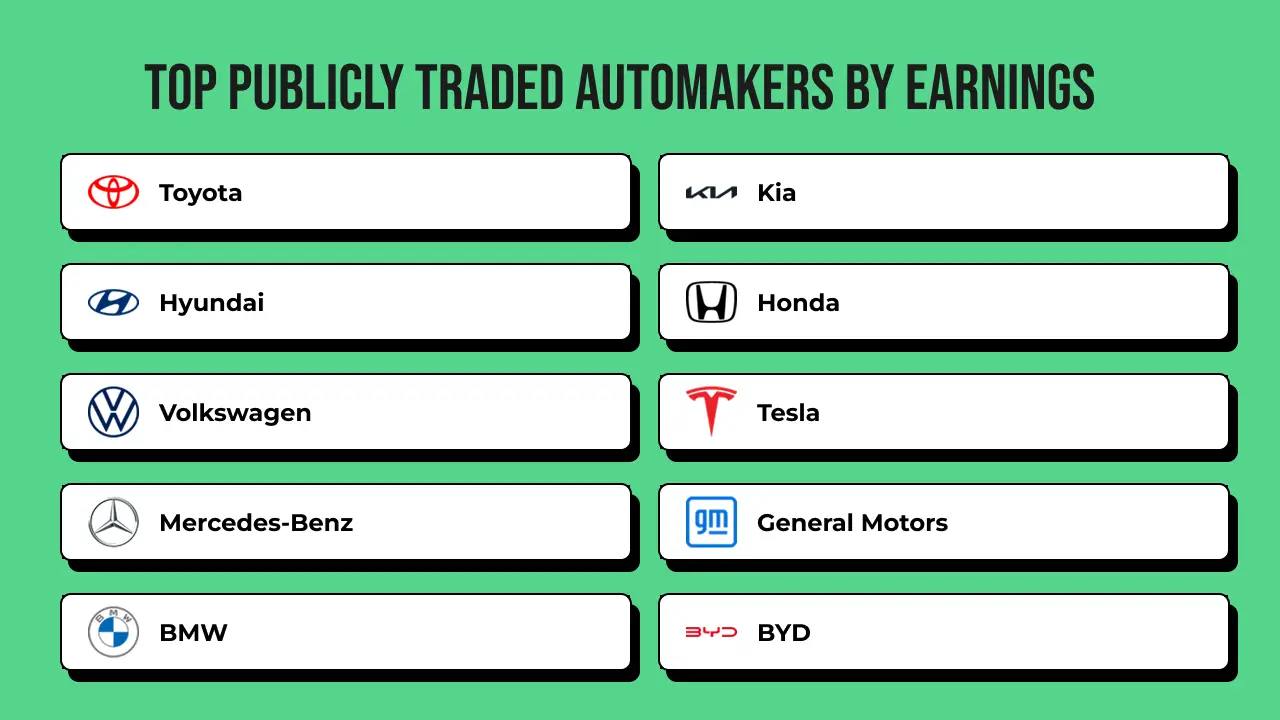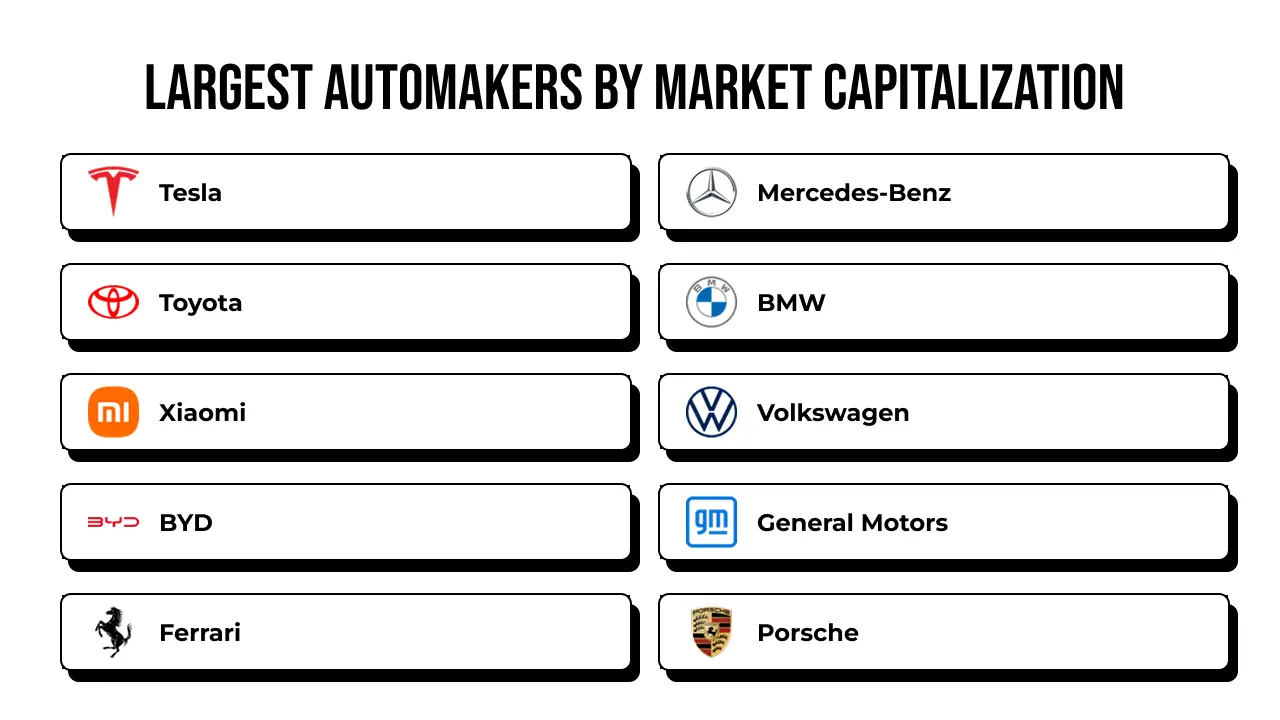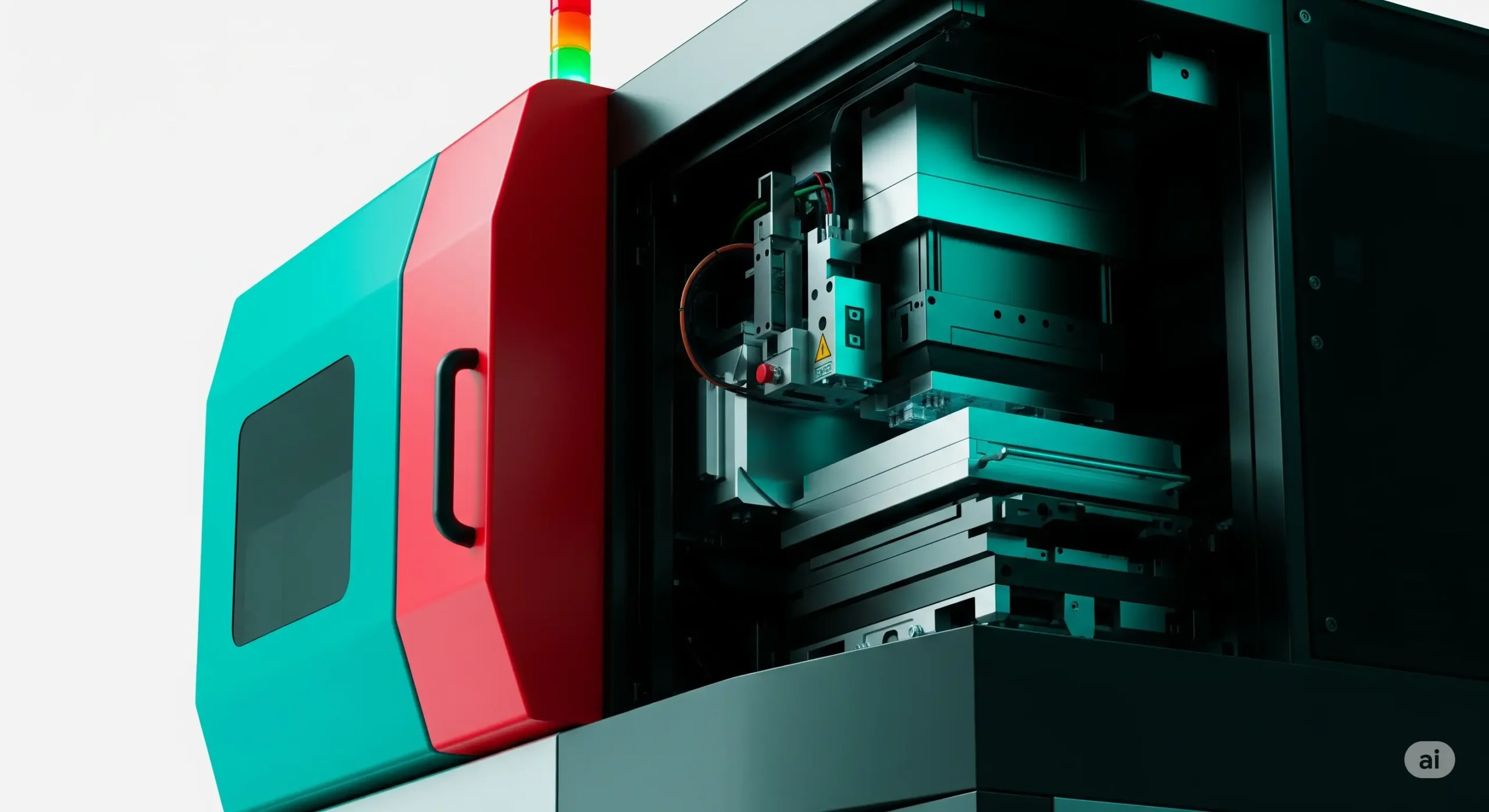I’ve been diving into the sparkling world of the jewelry market, and it’s fascinating to see its economic shine. As of 2024, the global jewelry market is valued at approximately $316.8 billion, with projections estimating it will reach $459.7 billion by 2032, growing at a compound annual growth rate (CAGR) of around 4.8%. This growth is driven by rising disposable incomes, especially in emerging economies, and an increasing appetite for luxury goods among younger consumers like Gen Z and millennials. I’ve noticed that e-commerce has also played a massive role, making it easier for people to browse and buy unique pieces online. The demand for personalized and sustainable jewelry is another factor pushing the market forward, as consumers like me are more conscious about ethical sourcing and eco-friendly materials. Economic fluctuations and raw material price volatility can pose challenges, but the market’s resilience is evident as it continues to glitter globally.
Exploring the segments of this market, I find that jewelry is broadly categorized into types like rings, necklaces, earrings, bracelets, and others, with materials ranging from gold and diamonds to silver and gemstones. Among these, the gold jewelry segment holds the largest share, accounting for over 50% of the market in 2024, thanks to its timeless appeal and investment value. I’ve seen gold’s dominance in regions like Asia-Pacific, where cultural traditions drive demand for gold pieces during weddings and festivals. Diamond jewelry follows closely, fueled by its association with luxury and status, particularly in engagement rings. Costume or fashion jewelry is also gaining traction, especially among younger buyers like me who love trendy, affordable pieces. The rise of lab-grown diamonds is shaking things up, offering a cheaper yet equally dazzling alternative to mined stones, which appeals to my generation’s budget and ethics.
When it comes to the companies shaping this industry, I’m impressed by the mix of heritage brands and innovative newcomers. Major players like Tiffany & Co., Cartier, and Pandora lead the pack, with Tiffany and Cartier dominating the luxury segment due to their iconic designs and global brand recognition. Pandora stands out in the affordable luxury space, offering customizable charm bracelets that resonate with younger audiences. Other notable names include Signet Jewelers, which owns brands like Kay Jewelers and Zales, and Indian giants like Tanishq, which capitalize on regional demand. These companies are constantly innovating, with many investing in digital platforms and sustainable practices to stay competitive. I’ve noticed smaller brands on platforms like Etsy also carving out niches by offering unique, handmade pieces, which shows how diverse and dynamic this market is.
Looking at the global landscape, I see certain countries shining brighter in the jewelry market. The United States holds the largest market share, driven by its strong consumer base and luxury retail presence. China follows closely, with its growing middle class and cultural affinity for gold jewelry fueling rapid growth. India is another powerhouse, where jewelry is not just adornment but a cultural and investment staple, especially during wedding seasons. Europe, particularly France and Italy, remains a hub for high-end jewelry, with brands like Cartier and Bulgari rooted in their craftsmanship heritage. Emerging markets like Brazil and the UAE are also gaining traction, as rising wealth and tourism boost demand. I find it interesting how each country’s unique cultural and economic factors shape its jewelry preferences, making the global market a vibrant mosaic.
The jewelry industry is constantly evolving, and I’m excited about the latest innovations and trends. Lab-grown diamonds have been a game-changer, offering sustainable and affordable alternatives that don’t compromise on sparkle. I’ve also noticed a surge in smart jewelry, like rings and bracelets with fitness trackers or NFC chips for payments, blending style with tech. Customization is another hot trend, with brands letting customers engrave or design their own pieces, which feels so personal to me. Sustainability is reshaping the market too, with companies using recycled metals and ethically sourced gems to appeal to eco-conscious buyers. Minimalist designs are trending among younger consumers, while bold, statement pieces are making a comeback for those wanting to stand out. These innovations keep the jewelry market fresh and relevant, reflecting both my values and my style.

